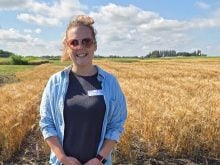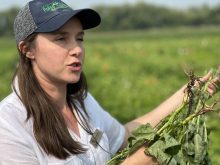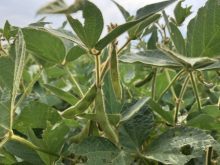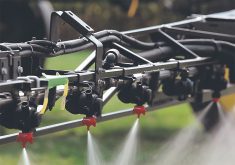SASK ATOON – The tropical storms that Keith Jorgenson had seen while teaching in Africa couldn’t compare with the downpour that drenched his orchard near Aberdeen, Sask., this year.
The storm at the end of June dropped 150 millimetres of rain in two hours.
It filled the farm’s six metre deep dugout and seeped into the low spots on land where 10,000 saskatoon, raspberry, currant, plum, gooseberry, sour cherry and haskap trees and bushes grow.
It washed out the road and left his house an island in a 45 acre lake.
Read Also
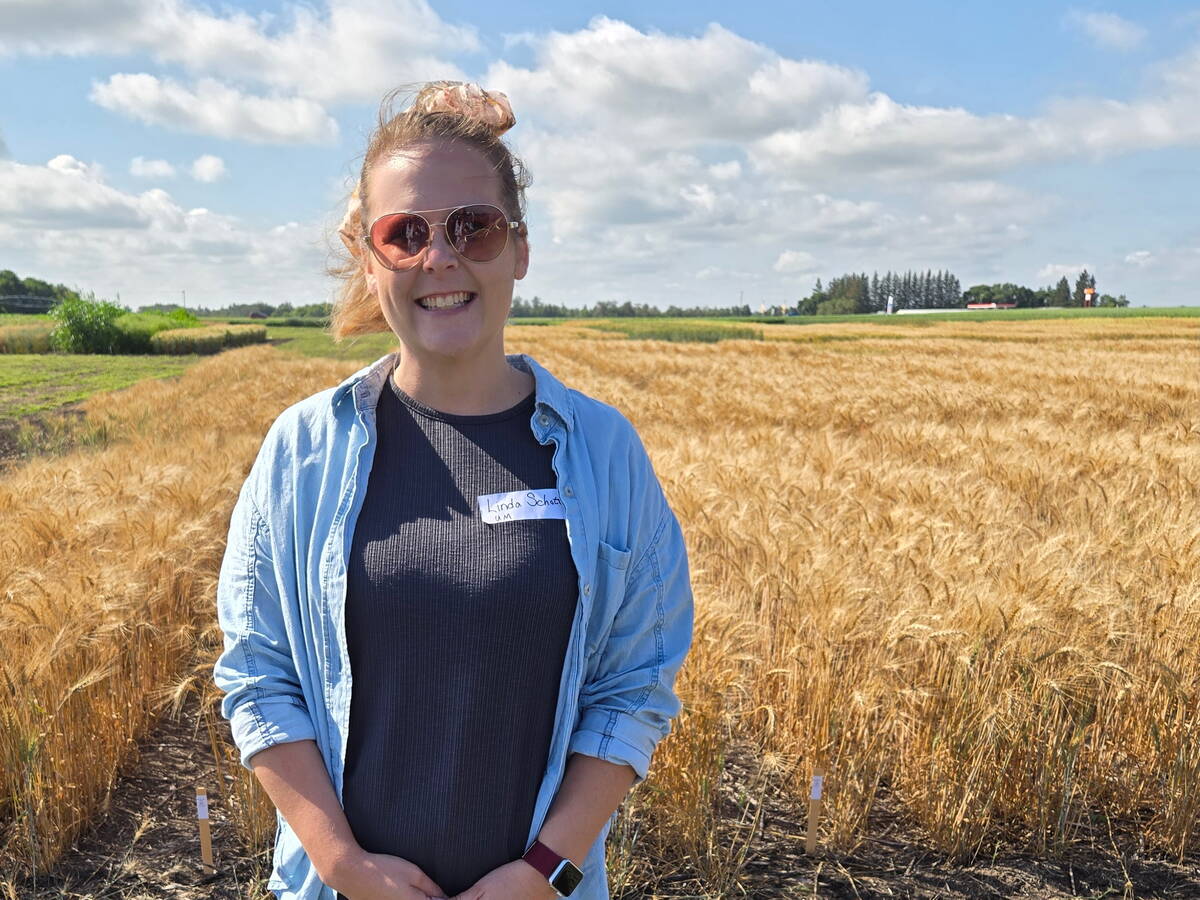
University of Manitoba hires potato researcher
A new research chair position at the University of Manitoba will tackle sustainability in the potato industry.
For several days, he and his wife, Carmen Dyck, had to carry their three children out of the house to the vehicle whenever they wanted to leave the yard.
The heavy clay soil on their central Saskatchewan land had always been dry during the 80 years it has been in Dyck’s family but not this year.
Compounding the flooding was fungal rot and the lack of bee pollination.
The end result was that not a single berry was picked, juiced, canned or frozen. It was a total failure. Instead of 30,000 pounds of fruit, they had nothing.
Jorgenson and Dyck are now worrying about how many trees will be killed this winter.
They won’t know for sure until they see what flowers next spring, but that’s well after the deadline for when they must order trees to fill in what they expect could be a 1,000 to 2,000 tree deficit.
Their farm was especially hard hit, but it wasn’t the only one.
“Everybody I know, even those on sand, still had fungal problems and pollination problems,” said Jorgenson, who sits on the Saskatchewan Fruit Growers Association board.
“Everybody had losses.”
He has a sideline business custom harvesting with his fruit picker machine but was called out only once this year.
From talking with the association membership, he estimates the provincial saskatoon berry crop was five percent of normal and the sour cherry crop slightly better at 25 percent of normal.
Jorgenson said 40-year-old pear trees died in the harsh weather.
The association has been talking to the government about how an acreage payment that works for annual field crops doesn’t help fruit growers.
Jorgenson and Dyck’s 30 acre orchard is one of the largest orchards in Saskatchewan, small when compared to grain farms.
As a result, a payment based on seeded land doesn’t recognize the long-term investment in a tree that takes years to yield fruit.
These kinds of payments also don’t account for the lack of revenue while the tree is growing or that the tree can be wiped out by one bad summer.
“When we lose a tree, we not only lose one year but five years,” Jorgenson said.


